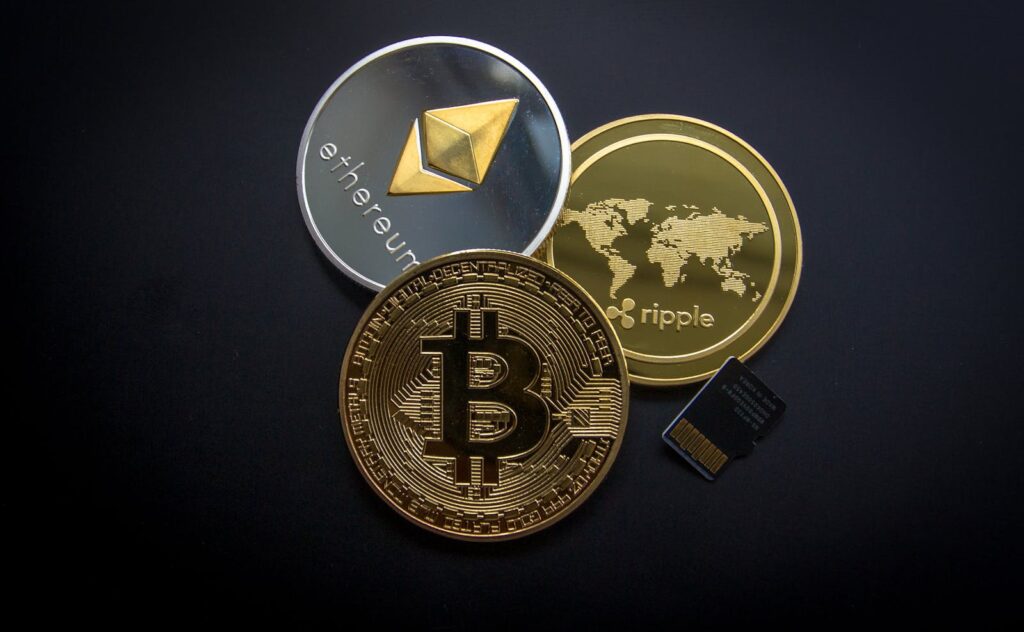Mt. Gox Hack Lessons for Modern Crypto Exchanges: Security Insights
Did you know? The 2014 Mt. Gox breach lost 850,000 BTC (worth $450M then, $50B+ today). As digital asset exchanges evolve, what critical security protocols must they adopt?
1. Cold Storage: The Non-Negotiable Standard
Mt. Gox kept 80% of funds in hot wallets – like leaving gold bars on your porch. Modern platforms like Binance now store 95%+ assets offline. Pro tip: Ask exchanges for their cold/hot wallet ratio before depositing.
2. Multi-Signature Authentication
Single-key systems failed Mt. Gox. Today’s exchanges use 2-of-3 multisig setups, requiring multiple approvals for withdrawals. It’s the crypto equivalent of a bank vault needing three keys held by different people.

3. Regular Proof-of-Reserve Audits
Post-Mt. Gox, 78% of top 20 exchanges now undergo monthly audits (CoinGecko 2025 data). Look for Merkle tree-based proofs – they verify holdings without exposing sensitive data.
4. Geographic Distribution of Assets
Storing all coins in one Tokyo server room doomed Mt. Gox. Modern solutions:
- Multi-continent cold storage bunkers
- Sharded private keys across jurisdictions
Example: Fireblocks insures $3T+ assets using this model.
Actionable Steps for Traders
1. Verify exchange security certifications (SOC2, ISO 27001)
2. Enable whitelisting for withdrawal addresses
3. Use hardware wallets like Ledger for long-term storage
Remember: In crypto, “not your keys, not your coins” remains law. For step-by-step guides on secure digital asset storage, explore CryptoSaviours’ wallet security series.
Disclaimer: Cryptocurrency investments carry risks. Consult financial advisors before making decisions.
CryptoSaviours – Your trusted crypto education partner since 2018.
Dr. Elena Kovac
Author of 27 blockchain security papers
Lead auditor for Ethereum 2.0 infrastructure


